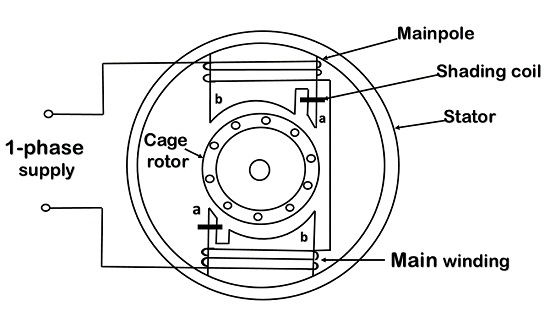

The starting torque, pull-up torque, and pullout torque of induction motors all change, based on the applied voltage squared. Low voltage can lead to overheating, shortened life, reduced starting ability, and reduced pull-up and pullout torque. When you have a voltage reduction, the current would rise to a new value, which may exceed the full-load rated amps. You may even be close to the nameplate's lower limit for voltage. Now, what if that motor has a heavy load? In this case, you already have a high current draw, so the voltage is already lower than it would be without the load. This would not damage the motor if the current stays below the nameplate value. In other words, a 10% voltage decrease would cause a 10% amperage increase. If the voltage decreases, the current will increase in roughly the same proportion that the voltage decreases. For example, let's look at a motor that carries a light load. The existing load is a major factor in determining how much of a decrease in supply voltage a motor can handle. The more heat and the longer the exposure to it, the more damage to the motor. Without a timely correction, this heat will damage the motor. When amps go above the nameplate rating, heat begins to build up in the motor. An increase in current is a danger to the motor only if that current exceeds the motor's nameplate current rating. Thus, when the voltage gets low, the current must increase to provide the same amount of power. The amount of power the motor draws has a rough correlation to the voltage x current (amps). To drive a fixed mechanical load connected to the shaft, a motor must draw a fixed amount of power from the line. When you subject a motor to voltages below the nameplate rating, some of the motor's characteristics will change slightly and others will change dramatically. Here, we'll look at the effects of low and high voltage on motors and the related performance changes you can expect when you use voltages other than those noted on the nameplate.

Both high and low voltages can cause premature motor failure, as will voltage imbalance. In most cases, the price of the motor itself is trivial compared to the cost of unscheduled shutdowns of processes. The economic loss from premature motor failure is devastating.


 0 kommentar(er)
0 kommentar(er)
